Arcology is a concept and design philosophy developed by Italian architect Paolo Soleri in the 1960s, combining “architecture” and “ecology.” It proposes massive, self-contained urban structures that integrate housing, agriculture, industry, and culture within a single organism-like system. Instead of cities sprawling outward into fragile ecosystems, arcologies would rise as dense, vertical habitats designed to minimize waste, energy use, and ecological damage.
Soleri imagined arcologies as both futuristic and ancient: megastructures with the logic of ecosystems, where the built environment functions like a living organism recycling its own flows of water, energy, and nutrients. His experimental settlement Arcosanti, built in the Arizona desert beginning in 1970, is a partial realization of these ideas. There, hand-cast concrete vaults and communal living arrangements were intended to test a city that grows organically while leaving the surrounding land intact.
Arcology challenges the modern paradigm of endless suburban expansion by suggesting that human habitats can operate as ecosystems rather than parasites. For speculative architecture and ecological imagination, arcology remains a touchstone: both utopian and cautionary, a vision of cities as living worlds that hold the possibility, and the risk, of total enclosure.
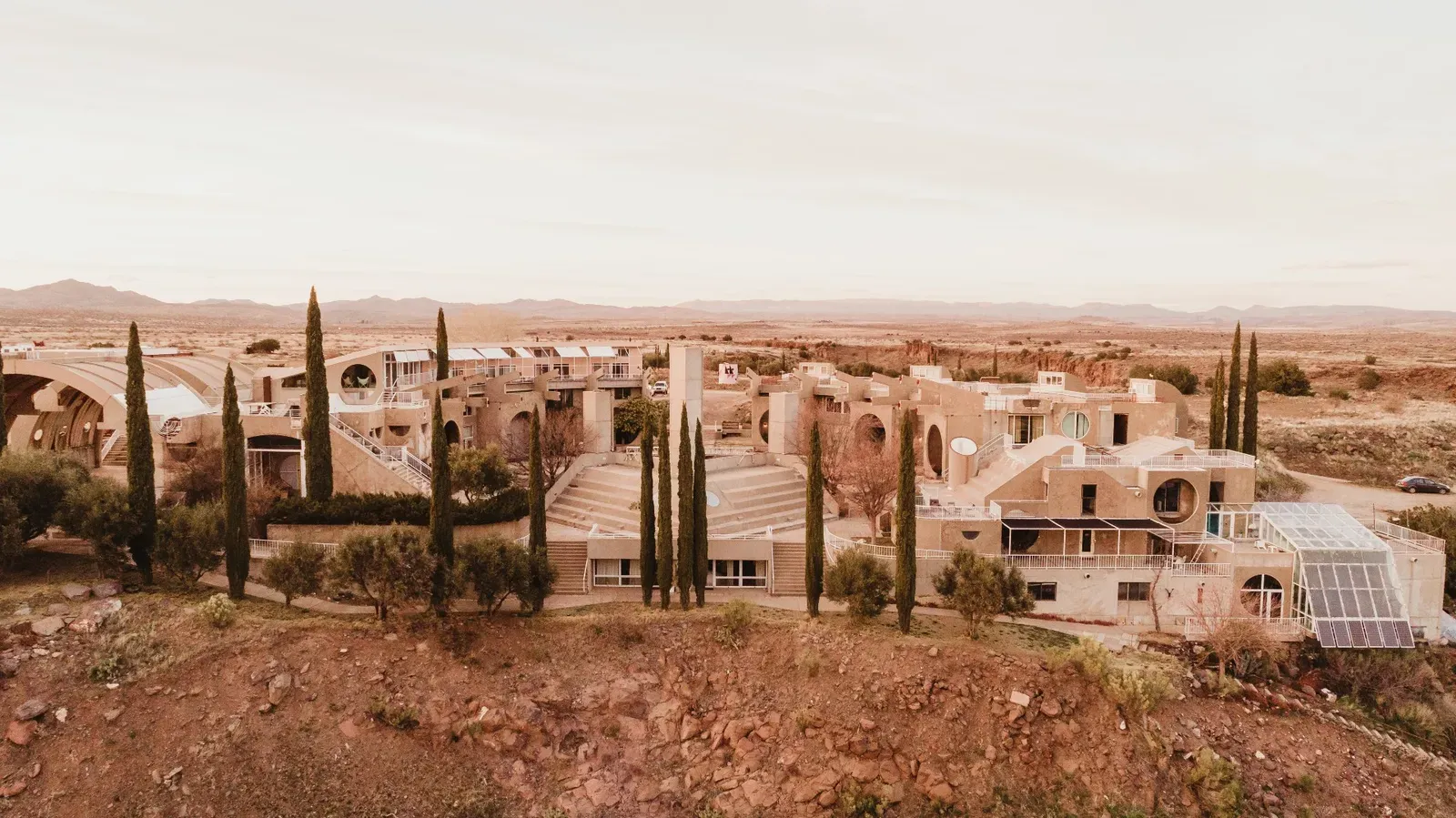
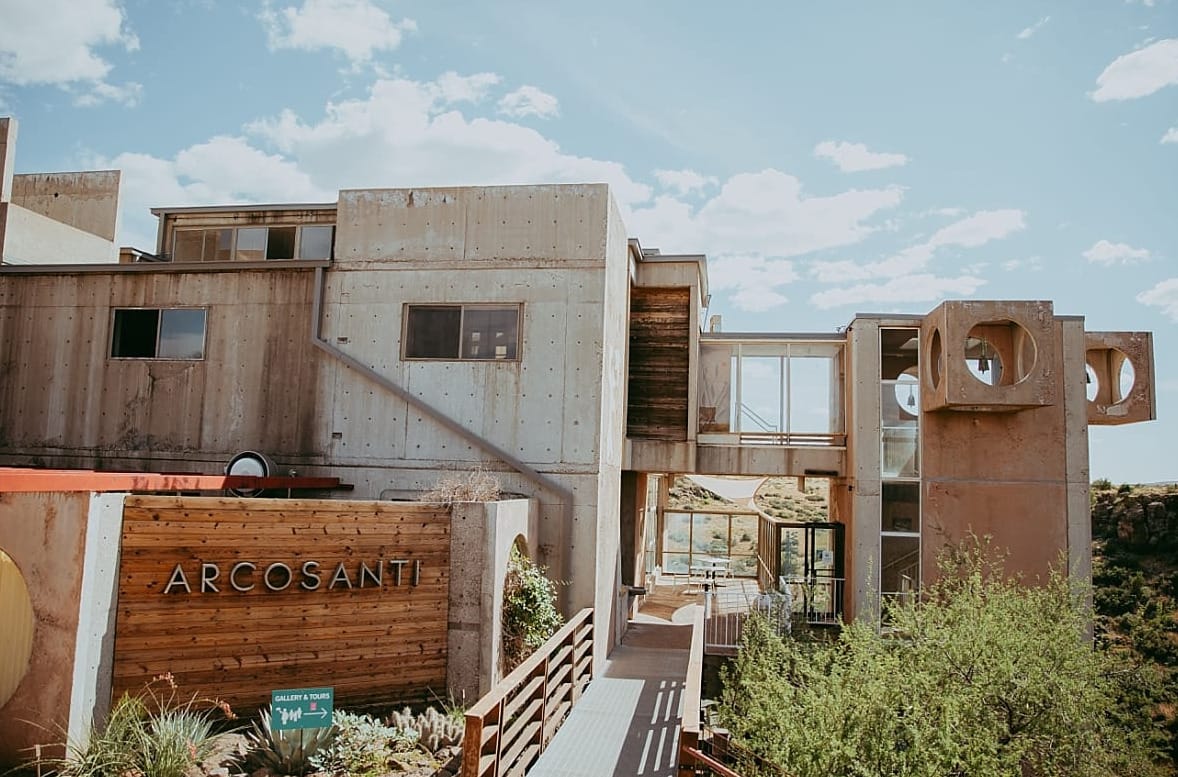
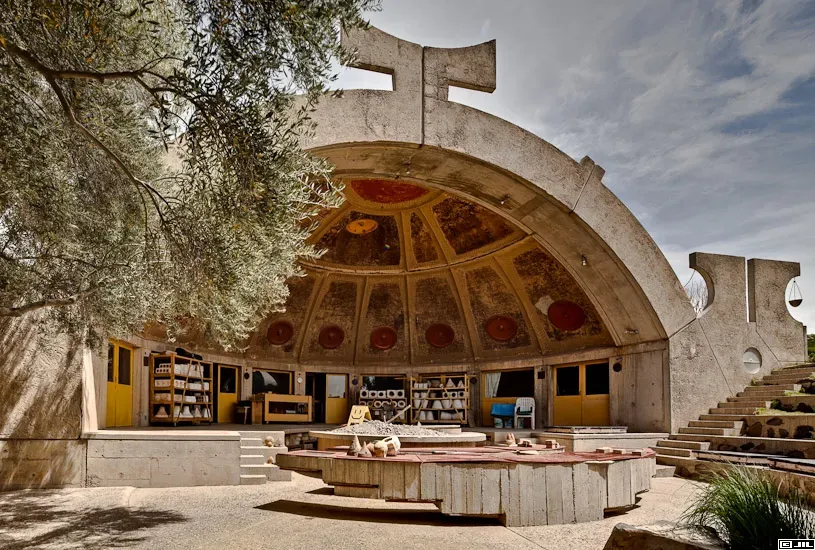
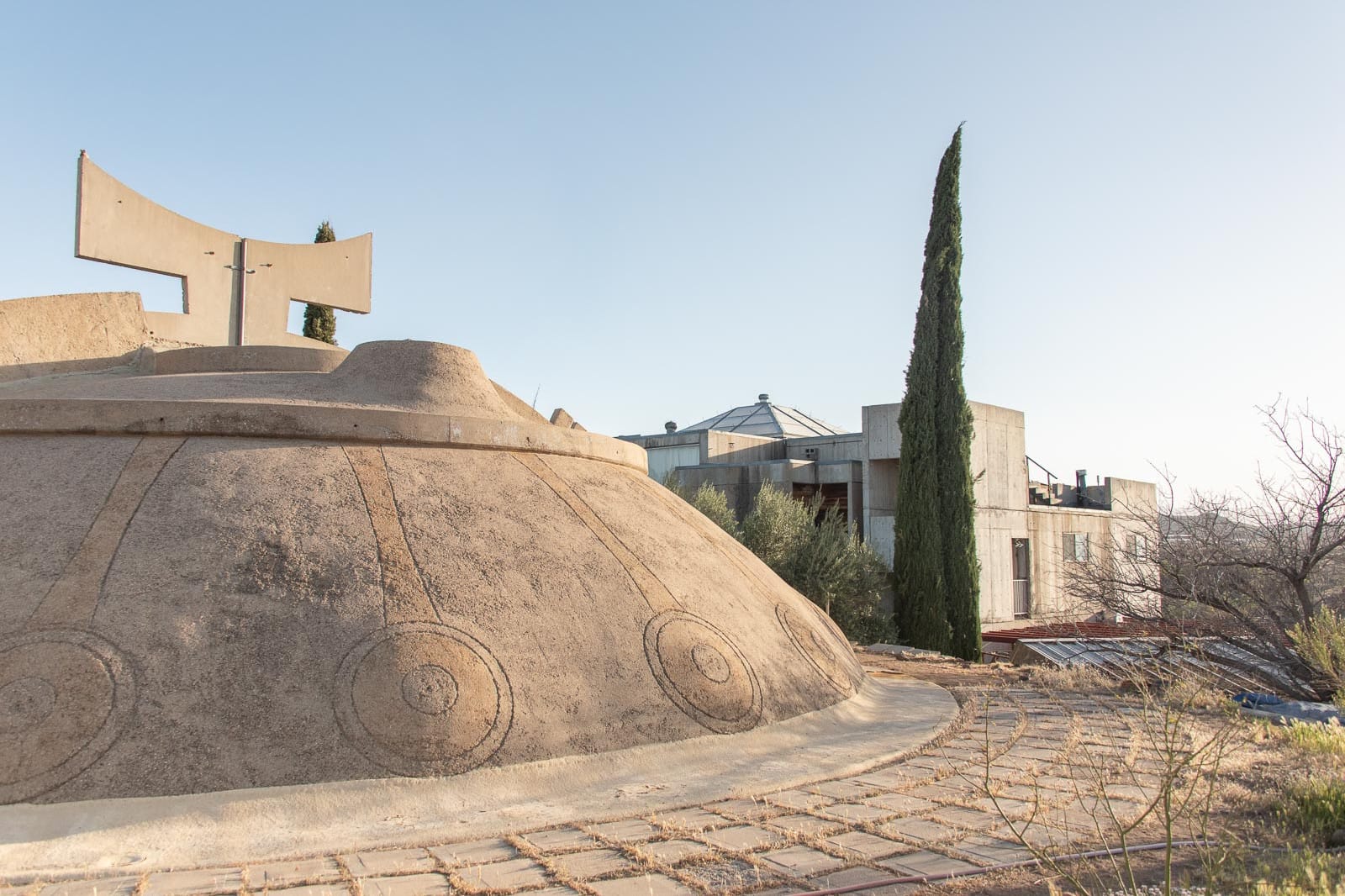
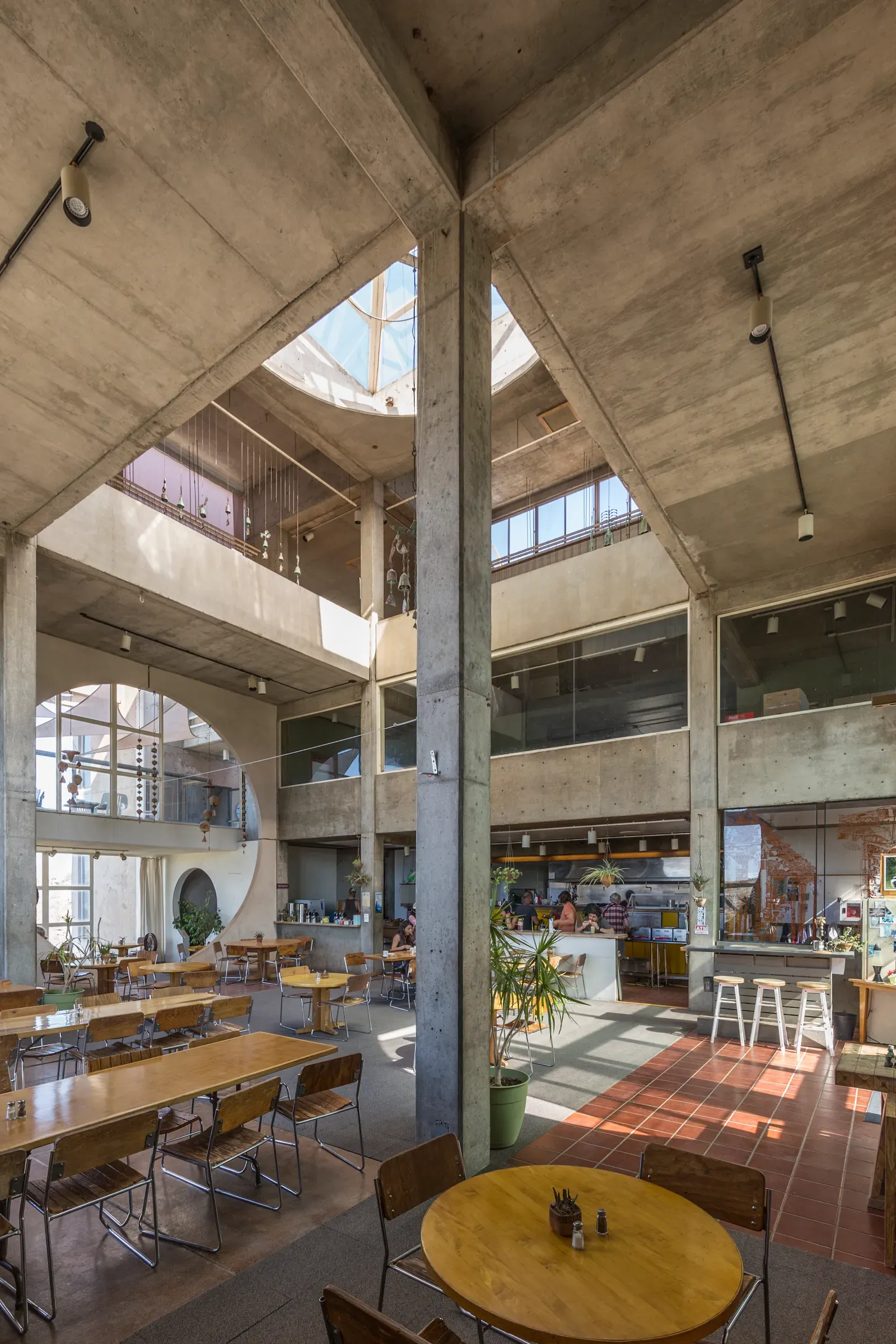
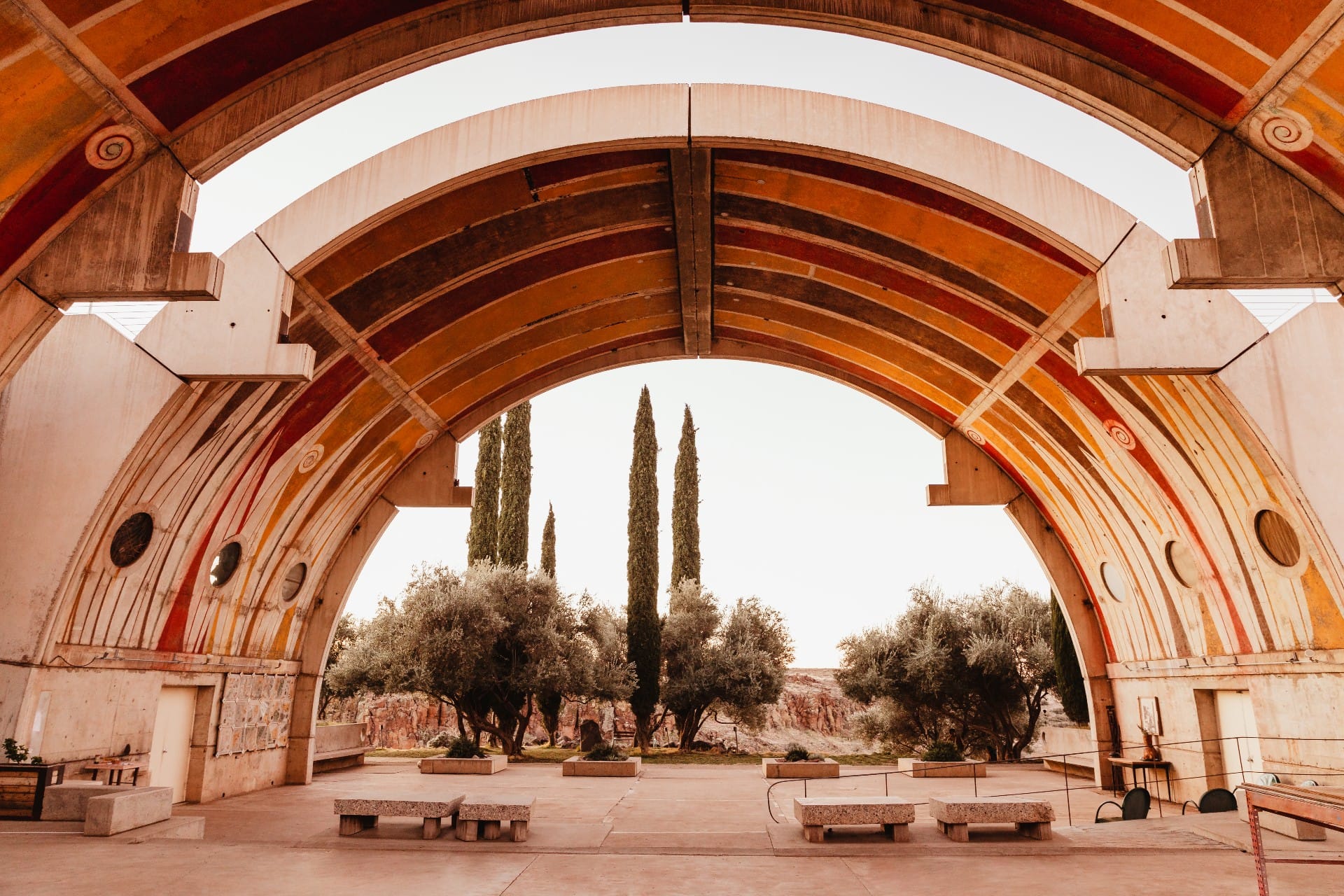
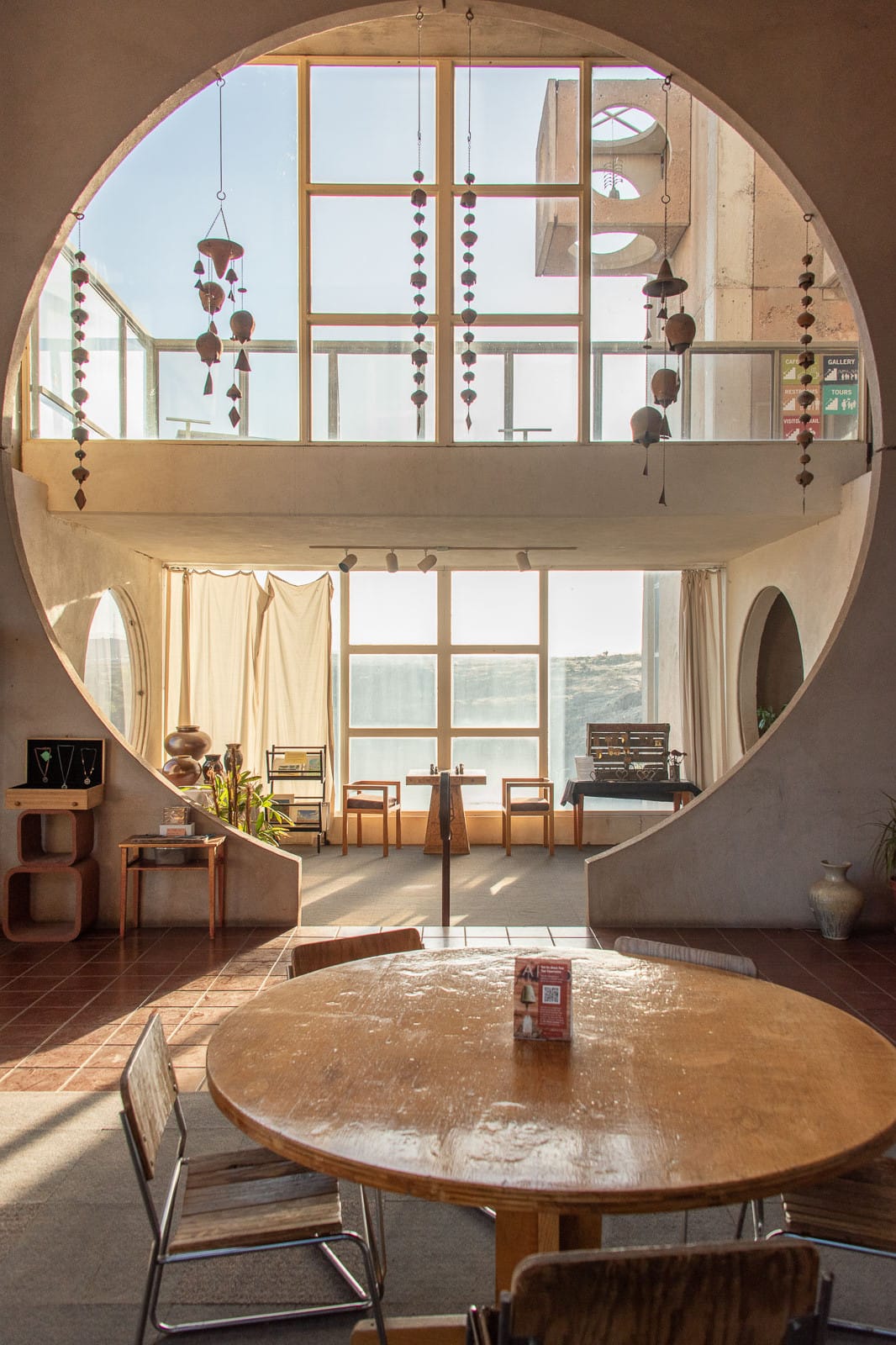
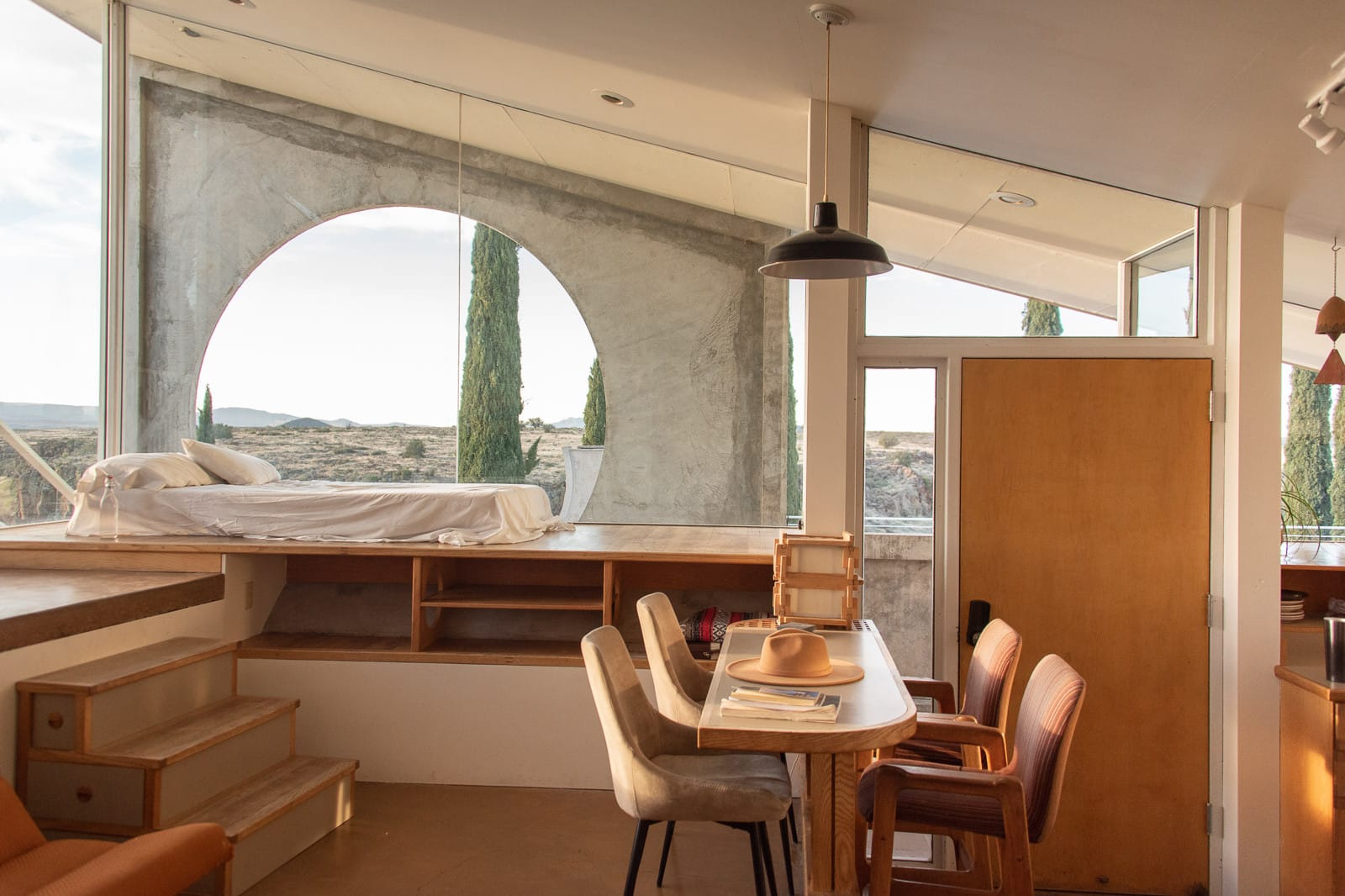
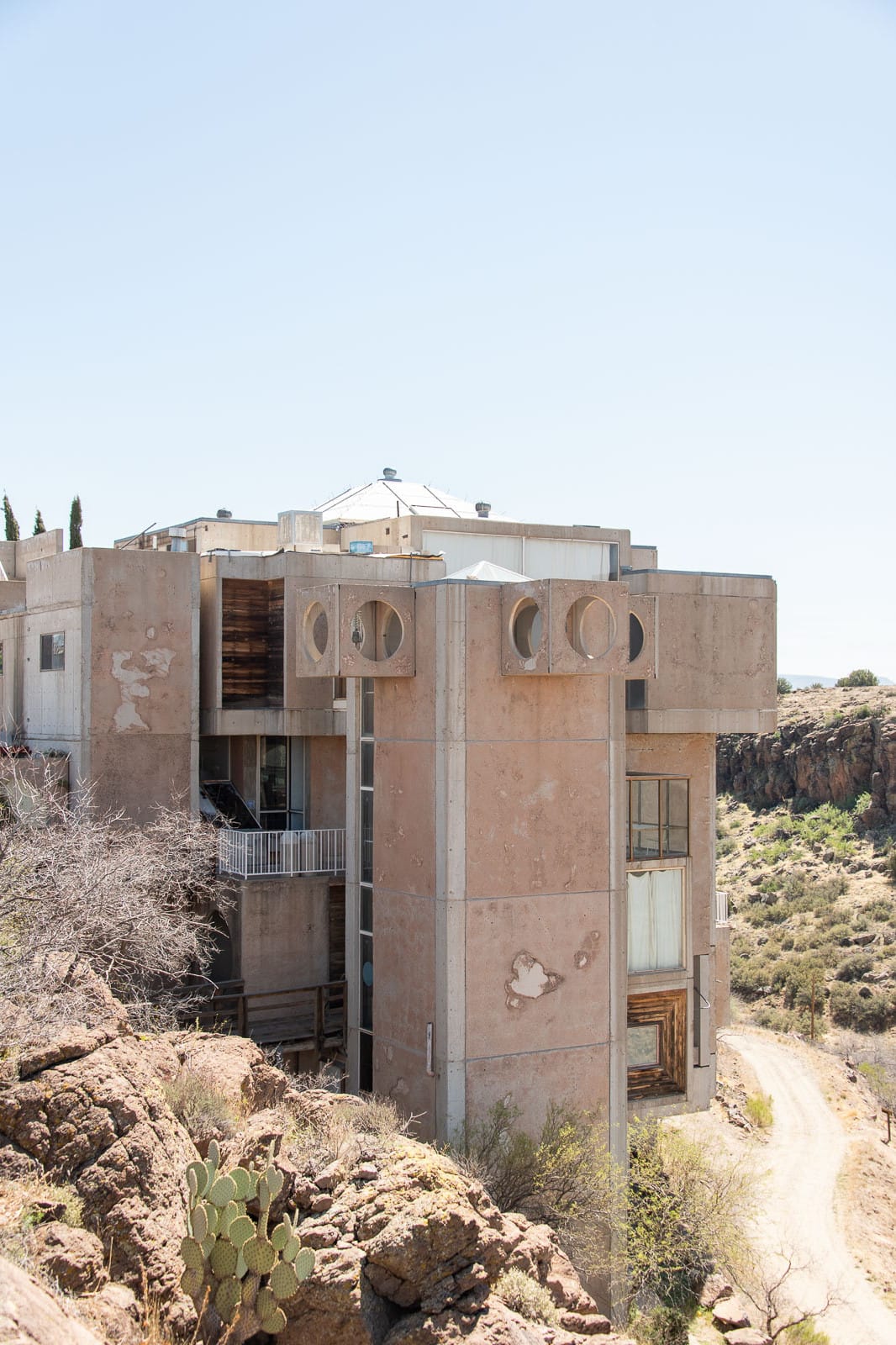
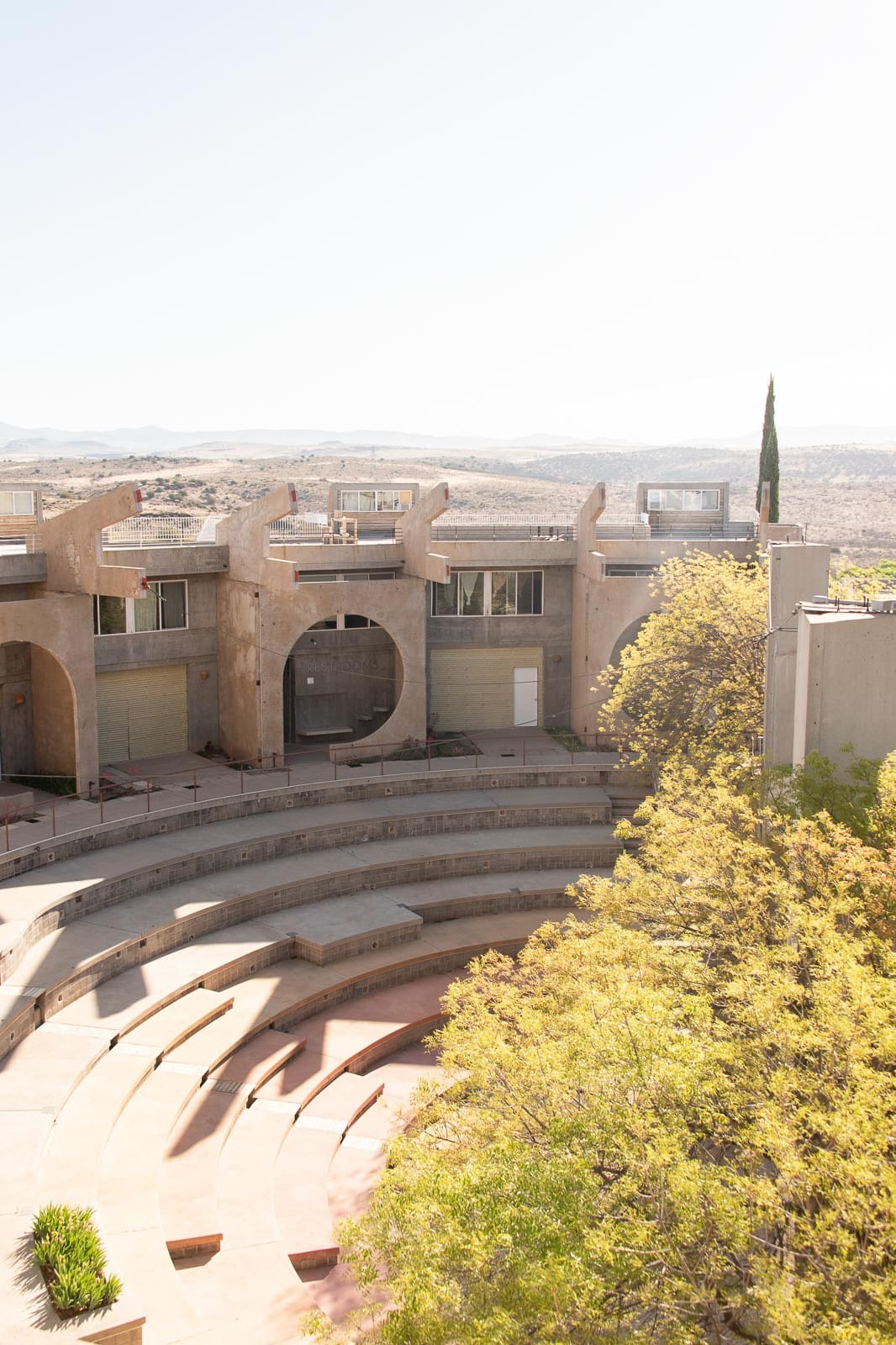
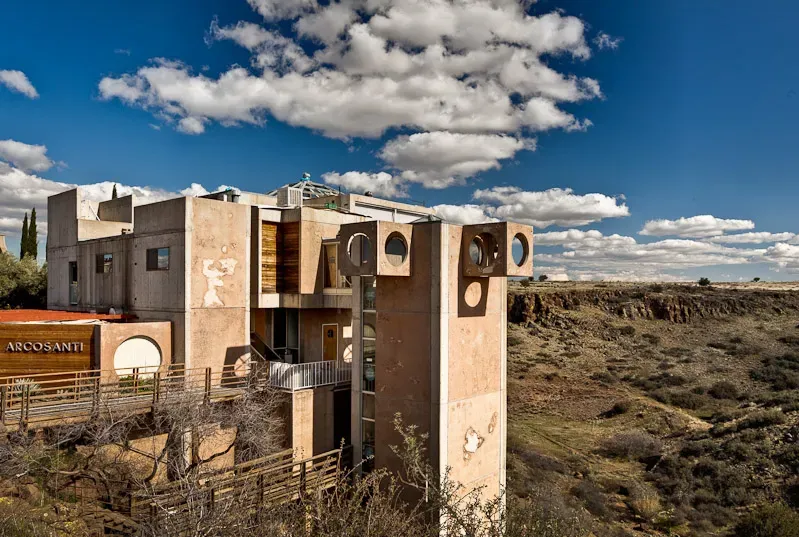
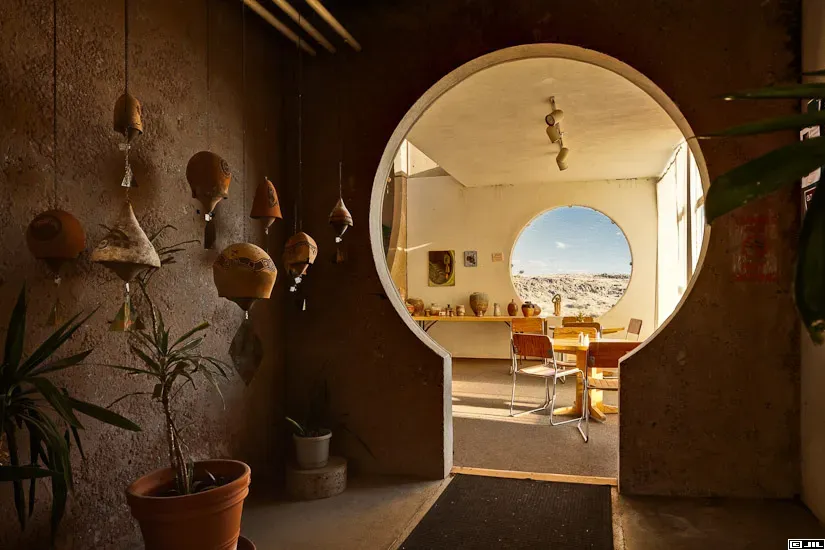
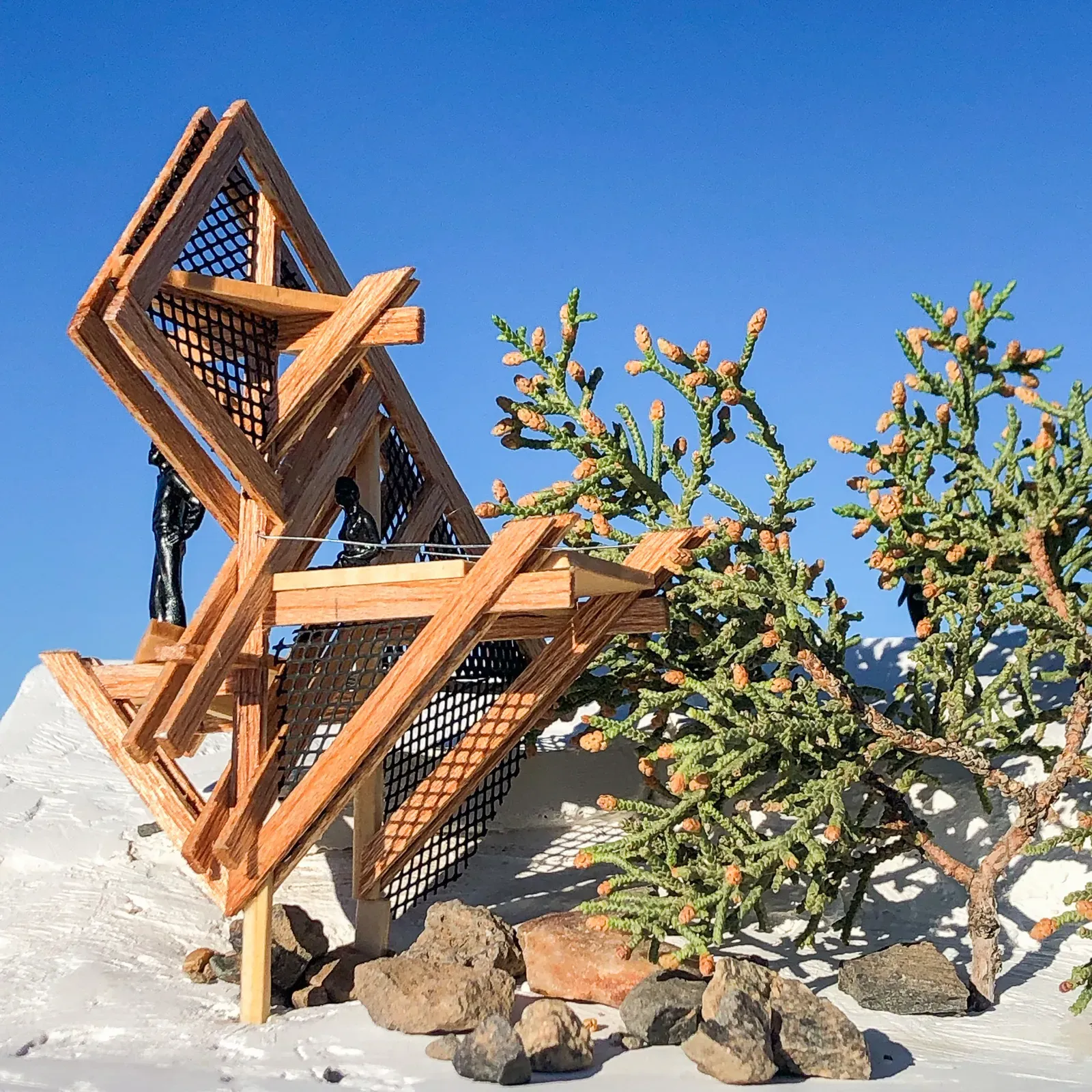
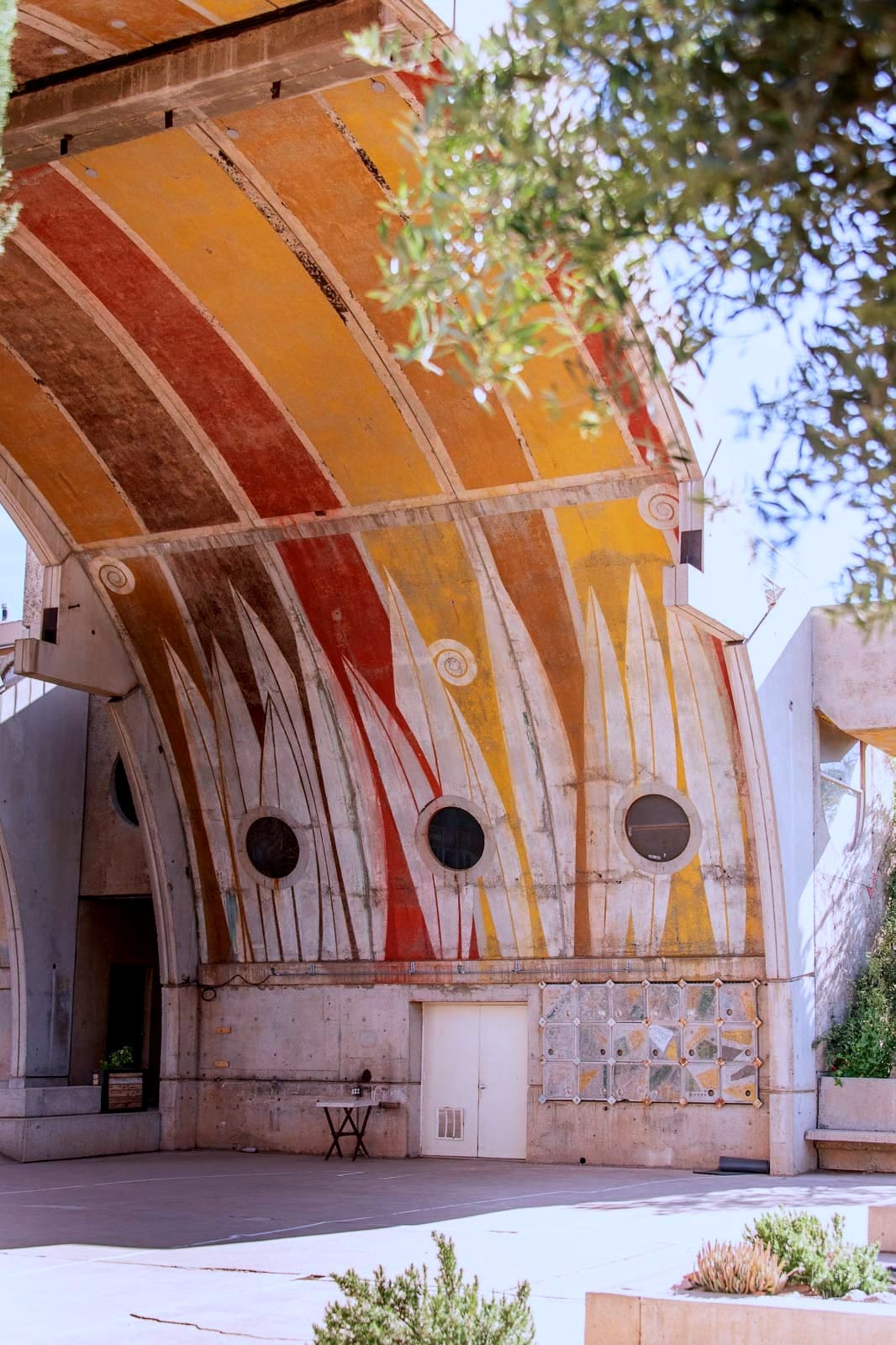
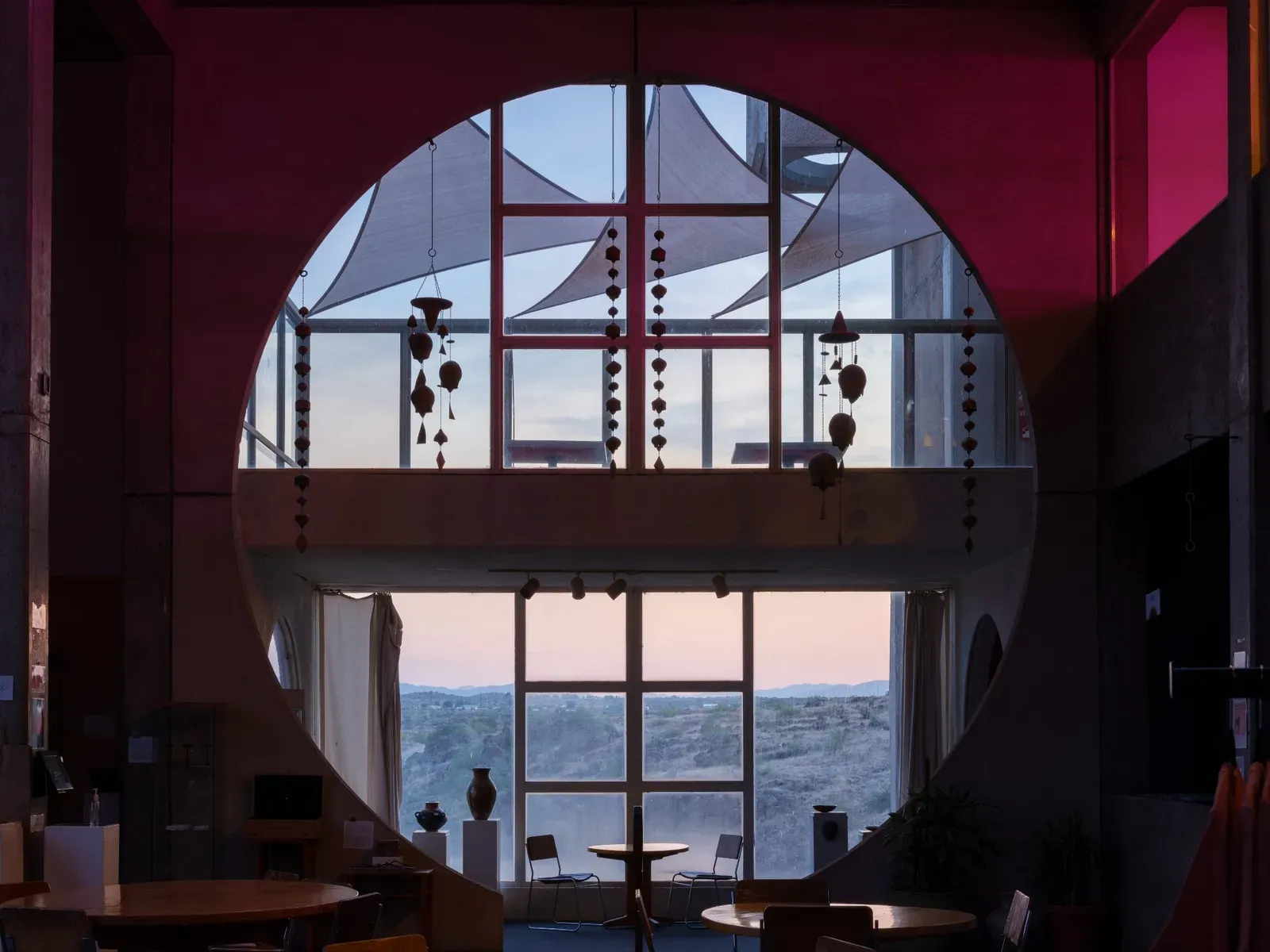
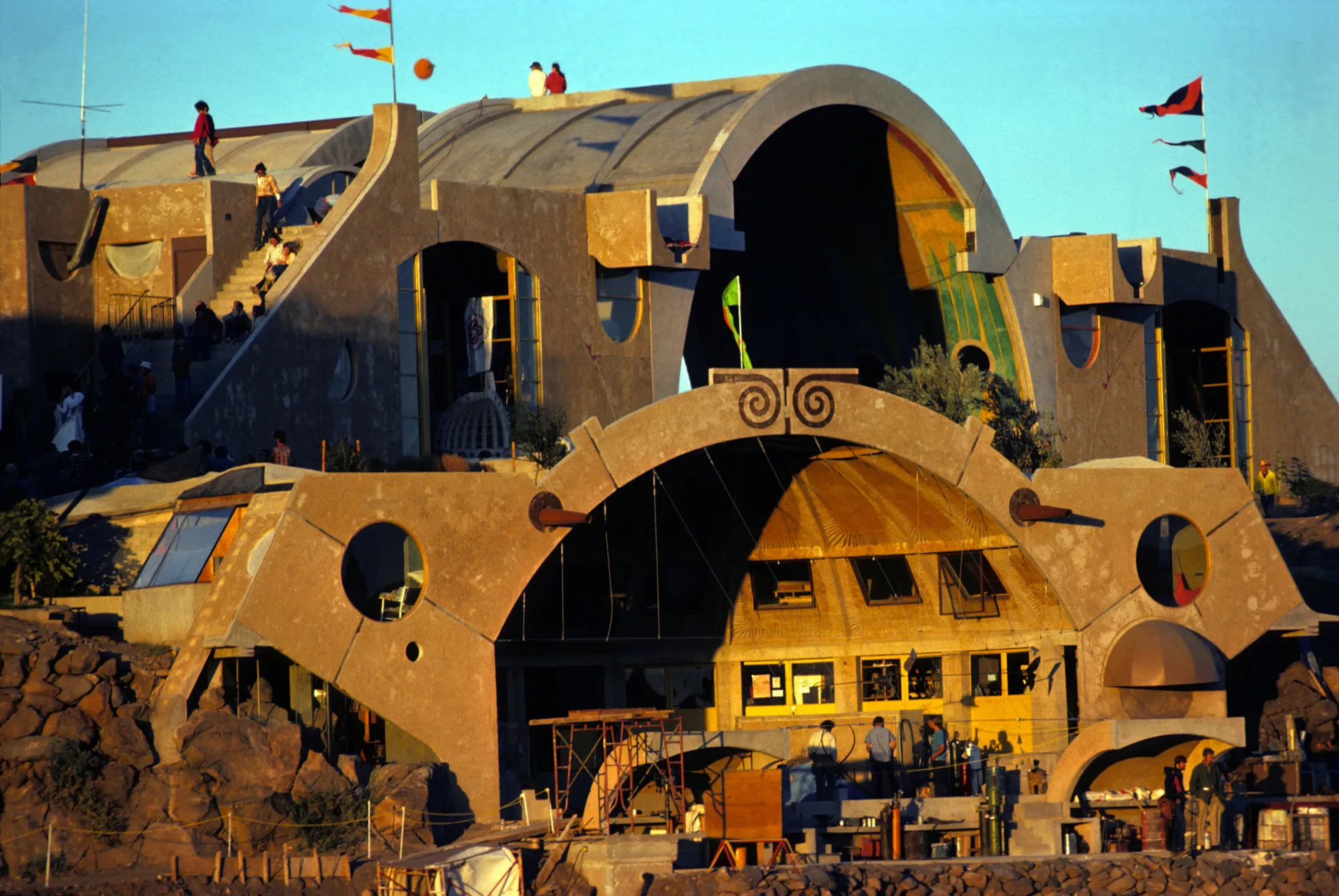
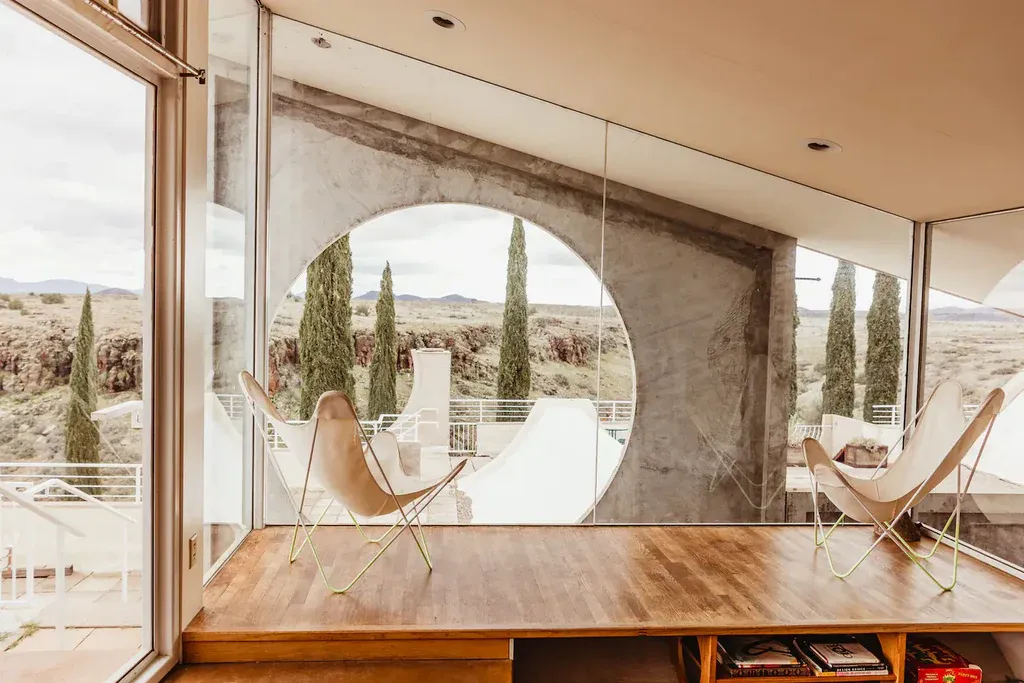
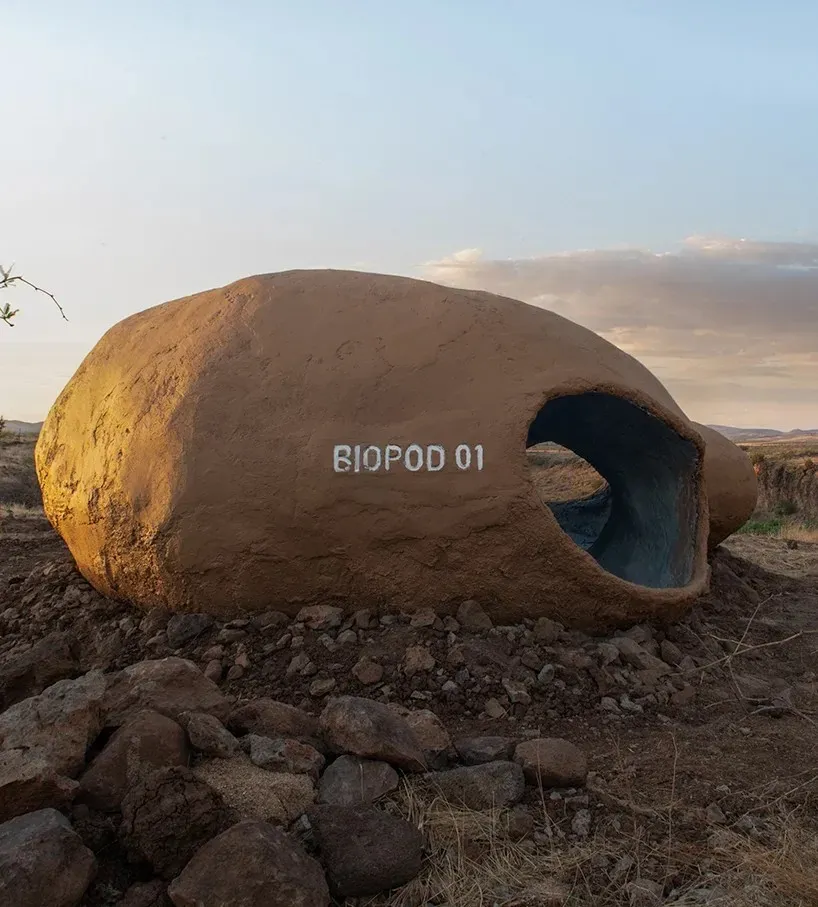
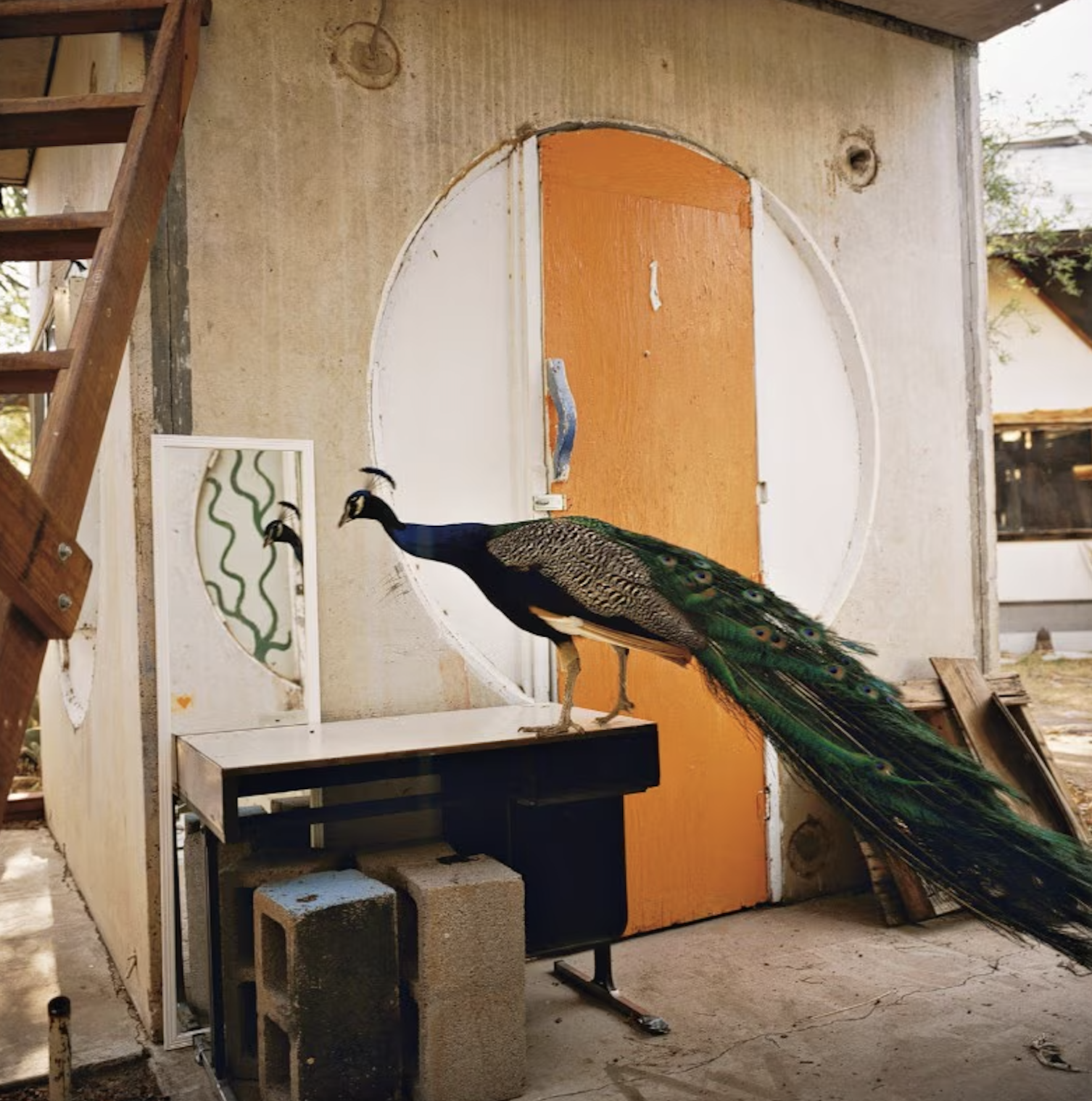
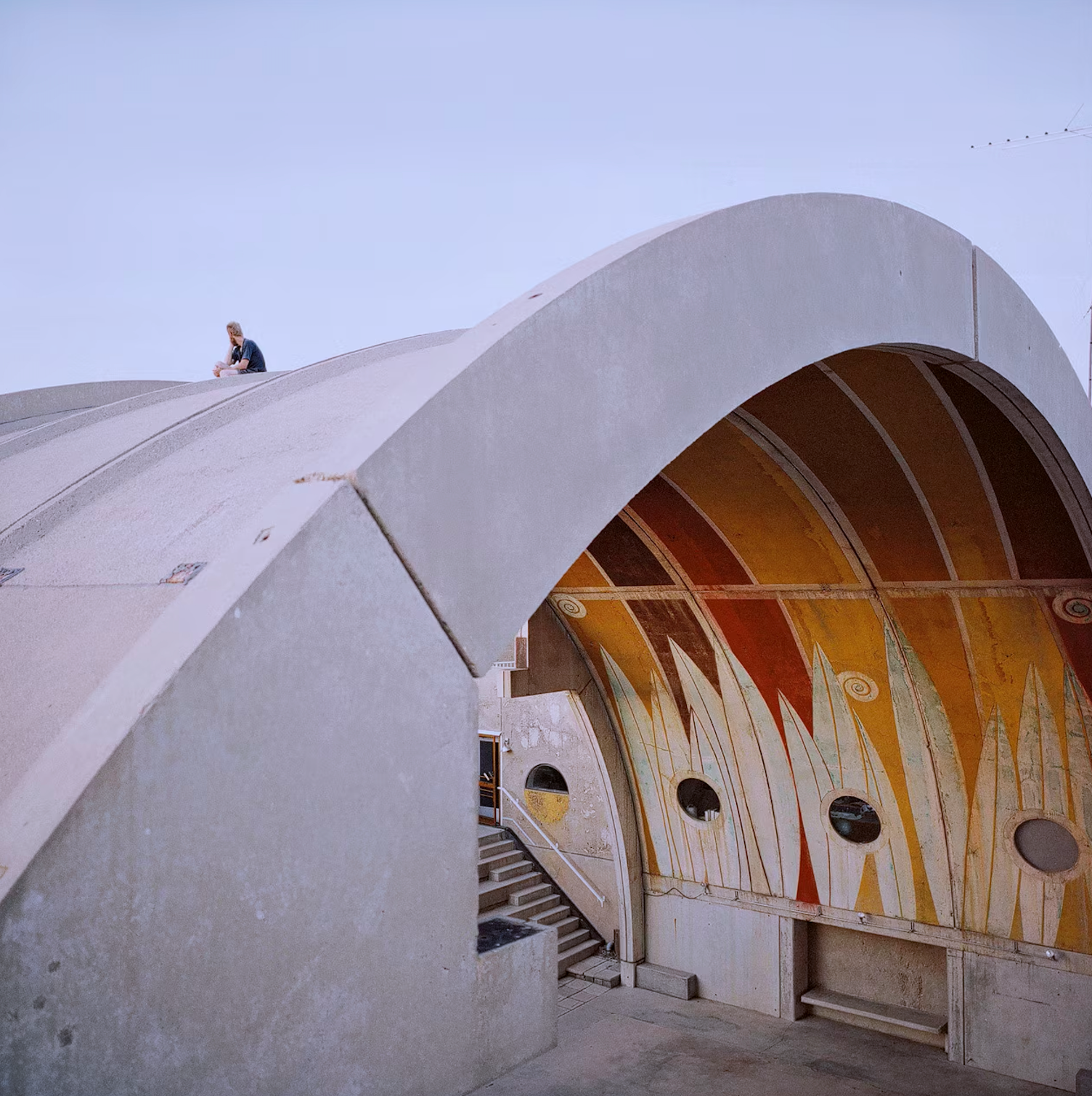
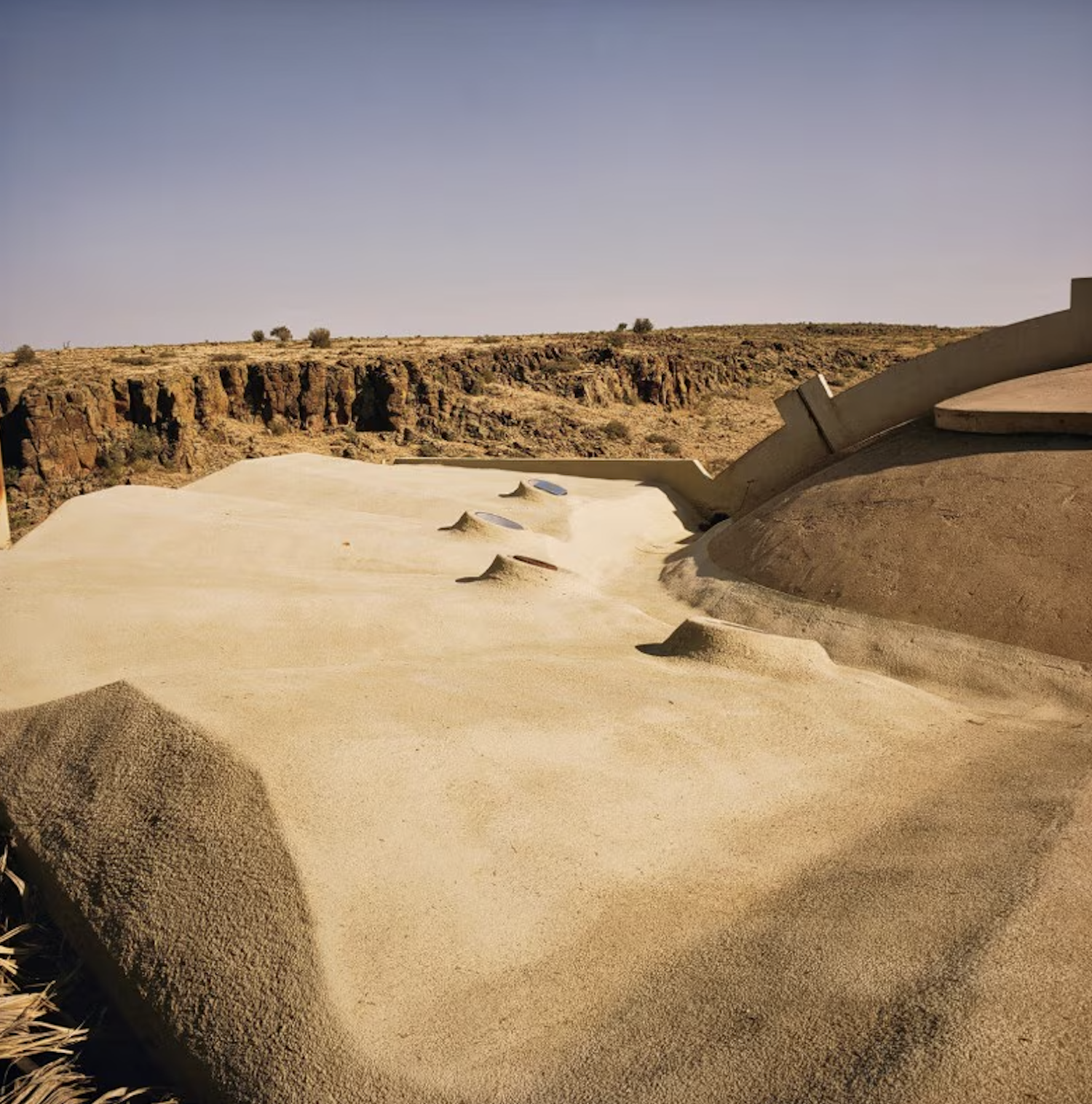
Images from Domus, GQ, Wallpaper Magazine, White Desert Photography, Cloth & Flame, Bare Escape, Allplan, and Architectural Digest.


